by Arnie Fenner
While it might seem like there have always been volumes devoted to illustration readily available, the concept of an art book specifically featuring genre work is a relatively new one. For that matter, the whole idea of distinct programs, categories, and genre-specific imprints really only emerged with the advent of the national bookstore chains in the late 1960s/early ’70s, most notably with the now defunct B. Dalton Booksellers. Oh, sure, most publishers produced science fiction, westerns, or mysteries (and many still do) following WWII and the popularity of the paperback as part of their fiction lines, but they were all small slices that made up a whole; the editors and art directors worked on a wide variety of titles all across the board. Booksellers tended to group books by subject as a matter of course, but it also wasn’t unusual to see everything racked together, alphabetized by author.
Art books tended to be few and far between, exclusively devoted to Fine Art, comparatively expensive, and almost never entirely in color (because of the cost of printing same).
The creation of national book selling chains changed that; distinct categories helped organize the stores, made restocking easier, and helped customers find what they were looking for. There had been small press genre-specific imprints like Arkham House, Shasta, and Donald M. Grant since the 1950s which produced books in editions of anywhere from several hundred to several thousand and sold them largely through the mail, but it wasn’t until Donald Wolheim left Ace to form DAW Books in 1971 that there was a mass-market publisher devoted exclusively to SF and Fantasy. Other companies followed suit.
With a plethora of fantasy and SF art being created for magazine and book covers it was inevitable that some enterprising publisher would think about putting out some sort of collection—but it wasn’t exactly an easy sell. Fiction finds an audience based on subject and/or author recognition; art, whether as a book or on a gallery wall, sells for a whole variety of indefinable reasons: subject, nostalgia, and name recognition can all figure into the marketing/purchasing equation, but the deciding factor for opening up a wallet was and is personal taste. With art—and by extension art books—the customer’s response is immediate: I like what I see or I don’t like it. How could a publisher attract enough customers with similar tastes to a new type of book that came with relatively high production costs? There were plenty of science fiction readers, but were they also fans of the art? And if they were fans, who would be the artist they’d be willing to plunk down their dollars to get a book by featuring just their work?
A big problem facing publishers early on was name recognition. No artist working in genre was known outside the relatively small fan community (and this was a time when conventions, comics or SF, averaged attendance in the hundreds, not thousands); art books were reserved for “serious” artists, not lowly illustrators who were working largely in anonymity.
Ian and Betty Ballantine changed all that with the publication of The Fantastic Art of Frank Frazetta and The Western Art of James Bama in 1975 by Bantam Books (under Ian’s & Betty’s Peacock Press imprint). Frank Frazetta, of course, always had a good fan following, thanks in no small part to the poster business his wife Ellie ran (another first); his appearance on the cover of American Artist Magazine [1976] and as the subject of a major article in Esquire [1977] kept book sales perking, broke Frazetta into the mass-market, and created opportunities for other illustrators following in his wake. The first Frazetta monograph (priced originally at $6; reprints increased in price) sold something north of 200,000 copies and opened the door for H.R. Giger’s Necronomicon in 1977 and Chris Achilleos’ Beauty and the Beast in 1978 (which sold about 100,000 copies world-wide).
[Aside: Sometime I’ll tell the story about how the titles for the Ballantine editions and, a quarter century later, the titles for the Frazetta documentary and the Underwood trilogy came about.]
These days, genre art collections are fairly common; not as numerous as other types of books, of course, for some of the same reasons mentioned earlier (name recognition and individual consumer taste), but there’s a pretty wide selection if you know where to shop.
So…let’s say you’ve been working for awhile and you’ve got stacks of art work piling up—or you have a great story that you’d love to tell—and you think, “Other people do art/illustrated books: why not me?” Why or why not you is a valid question.
I’m going to be talking about some of the basics of publishing over the next few MC posts, with the key word being “basic”: publishing can be both simple and very complicated and as such there aren’t a lot of absolutes. I’m going to be very casual and anecdotal in these essays: view them as friendly conversations rather than gospel.
Okay: publishing. Certainly you could forgo all the rigamarole and self-publish out of your own pocket (and sell via your website or at conventions), offer a collection as print-on-demand via Lulu or another avenue, or take the Kickstarter or Indiegogo route and publish with the help of crowd funding: plenty are these days. Self-publishing is perfectly fine, particularly if you have the finances and energy to be chief, cook, and bottle washer. The buck stops with you and you are responsible whether you succeed or fall flat. Accept from the git-go that your reach will be limited to who you can personally hand-sell your book to, whether that’s to individuals or independent booksellers—distribution is complicated and the chances of getting a national chain to buy copies of a single title from a one-time publisher are slim and none—but if you keep your expectations modest and watch costs there’s no reason why you can’t turn a profit over time. Likewise with POD publishing, your overhead will be as modest as your market reach and there are limitations as to quality and what print-on-demand can physically produce; a financial return on the time invested can be elusive but there are always success stories.
Honestly, when it comes to Kickstarter I’m sorta of two minds. I’ve supported many campaigns and been very happy with the resulting books, but what niggles me is the same thought that I have about a lot of self-published projects: it’s playing to a relatively small group of supporters. It’s preaching to the converted, so to speak, and doing very little to grow an artist’s audience or the appreciation for the field. I feel the same way about comics shops that limit their orders to a modest but devoted group of customers’ pull list and place little on their racks to be discovered by casual visitors; I feel the same about events, conventions, or raves-masquerading-as-workshops that hit up attendees for high prices which do little for the community as a whole but do a dandy job of enriching the organizers’ bank accounts. I’ve said many times that prosperity for artists comes by growing the awareness of and appreciation for what they do. The bigger the audience, the more opportunities there are: the smaller the audience, the easier it is to satisfy and quickly lose it. I want more people to like what we do, not fewer.
At the same time I’m a realist and understand that the market for a book (or comic or poster or any other art-driven product) by this or that artist might not be big enough for a publisher to take them on and, in those cases, a Kickstarter or other crowd-funding campaign might be the best way to go. As with traditional self-publishing it can be a lot of work with plenty of extra expenses (not the least of which are packing materials and shipping costs), but it can wind up being worthwhile at the end of the day.
But let’s say you want to go the traditional publishing route. What do you do? How is it done?
Above all, the first thing is to remember one simple truth: publishing is personal. Even with contracts spelling out the minutia, it’s based on relationships and trust. It’s about people working together. There’s a lot of give-and-take; there are compromises; intuition and feelings are major factors; there is a foundation of belief and faith and hope that, yeah, there’s an audience waiting for this particular project. Publishing is an investment from both sides of the table and each side’s investment requires mutual respect. Adversarial relationships almost never pay off and usually have long term and inadvertent consequences.
How do you get on an editor’s or publisher’s radar? Market yourself. Doing good work, of course, is hugely important—but isn’t enough these days. Let’s face it, there are thousands of illustrators and painters with virtually the same skill-set. How do you stand out? How do you create an interest and a demand for, let’s say, a collection of your art? How do you convince a publisher to take a risk on you (and without question, publishing anything is a financial risk)?
Art is your calling, sure, but it is also your commodity and you have to make customers want it. I suppose it sounds pushy, but as Greg Spalenka has been teaching for years you have to build your brand and make sure people know you created the art they’re looking at; you have to build your audience and nurture it once you have it. With websites, blogs and social media; with appearances at conventions and art shows; with targeted mailings and promotions; by networking with fellow artists and industry professionals. And it all has to be done with balance and a sense of grace: you treat every encounter as an opportunity to make a good impression and increase an appreciation for your art and you personally. It doesn’t happen overnight: “instant” successes are deceptive and belies all of the work that had been done unnoticed which ultimately led up to the recognition. Lauren and Marc address the need for self-promotion in their various Muddy Colors posts and bootcamps and I heartily recommend revisiting them. Frequently.
In future posts I’ll talk about creating a project (and pitching same), finding a publisher, working with agents, advances and royalties, rights and permissions, the book market as a whole, and other sundry topics as I think of them. If any of you have specific questions, ask them in the comments thread and I’ll do my best to answer them (or find someone smarter than me to).


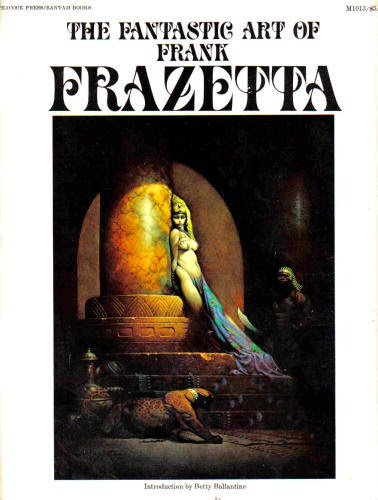

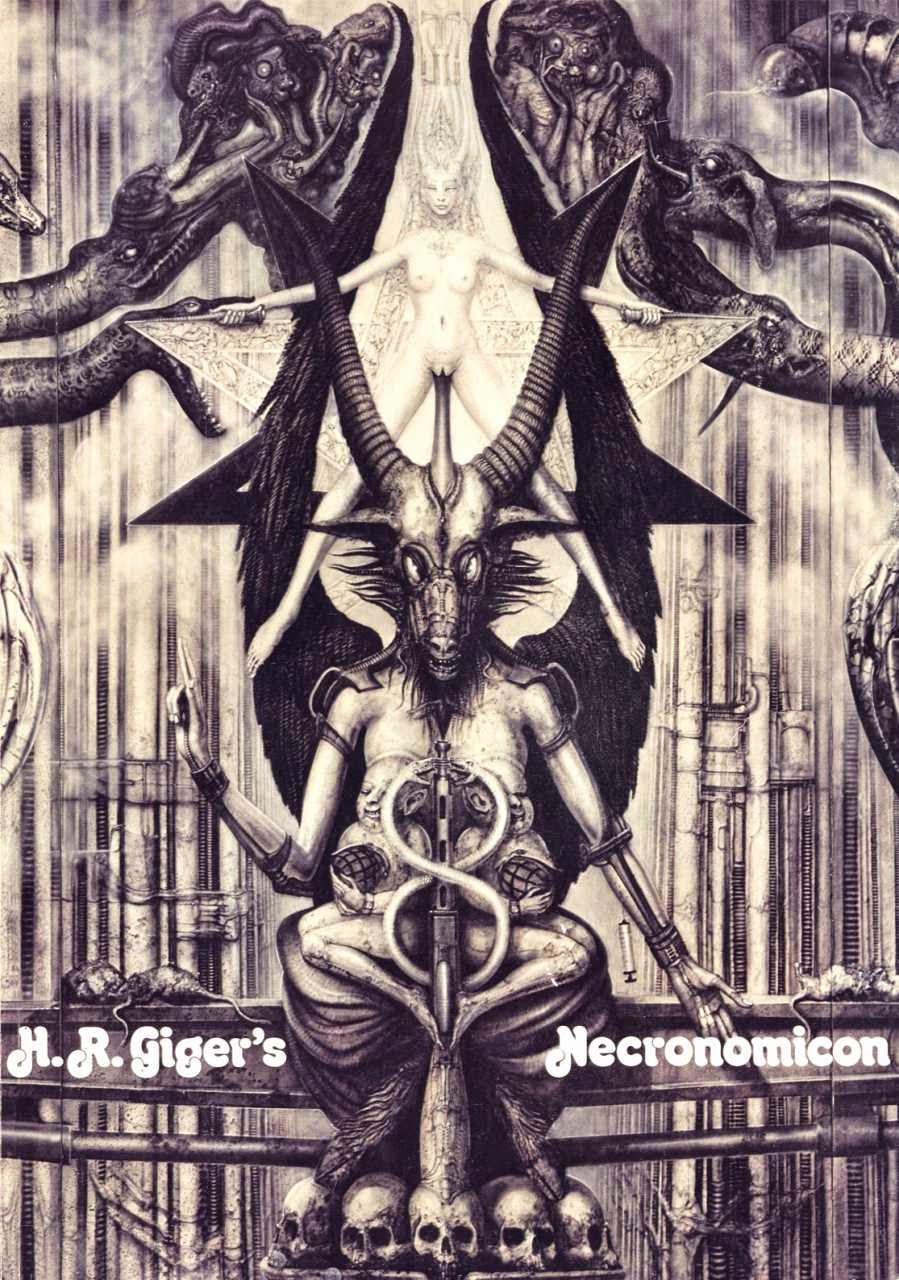
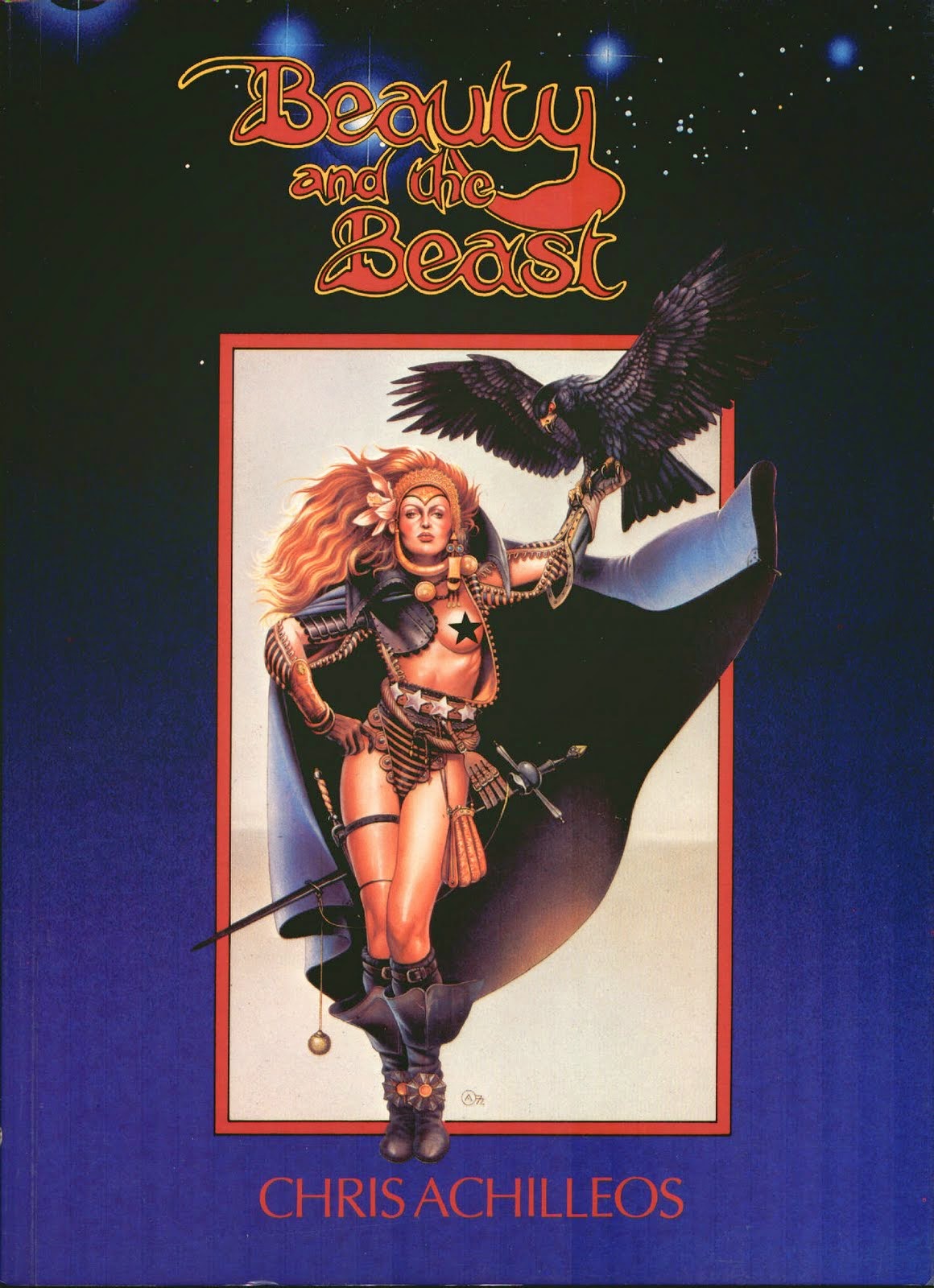
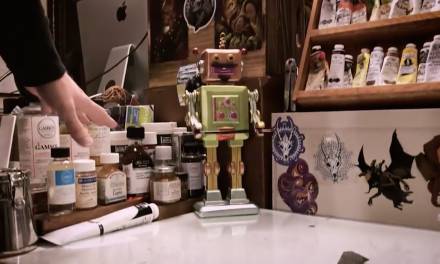
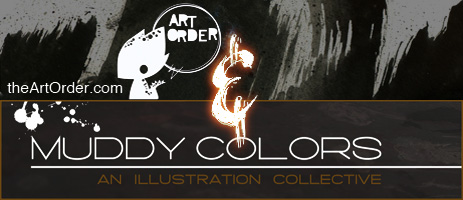

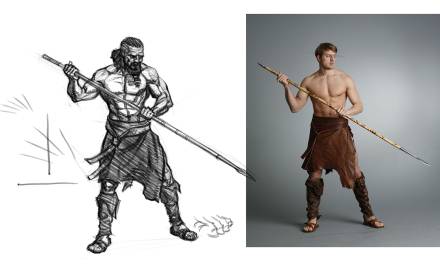
Wow, that Ballantine Frazetta book, Roger Dean's Views and The Book of Alien were my *bibles* in the late 70's-early 80's. I know for a fact I bought the Frazetta volume at B. Dalton's, along with a lot of the large Moebius books from Epic (which I still have). Great memories, that was a heady time…
Having gone on to work in the printing industry as a designer and art director, I've never really gotten over how much work it all is, how many people it takes, and how much money is always at stake – and the press check was *always* at 3 am, it seemed.
Looking forward to any and all stories and anecdotes you have to share, Arnie!
After many years as an 'unknown illustrator', I've got a couple of art books brewing in the back room— preparing myself for breaking through brick walls. So the timing of these particular posts is terrific. Likewise, looking forward to your candid observations.
SO excited you're doing this! So many people don't understand how publishing works and no one is better to talk about it than you are. Thank you for the kind shout-outs!
Thanks Arnie!
GREAT series to embark on, Arnie! Let's have it, pal…spill the beans! Feels like we have an 'insider' with us…an undercover agent…..a Deep Throat….a–
Well, you know what I mean.
Exciting!
Greg
This was a great read, Arnie. Can't wait to hear more.
Dear Arnie,
The series sure look promising. I myself am entertaining dreams about publishing a collection of fine art paintings and would love to read your comments mainly on printing and securing reproduction rights of artwork but also on distributing, etc, etc.
I am looking eagerly forward to reading your future posts.
Jose Luis
so helpful…. Visit
sell your stuff
https://www.muddycolors.com/2017/06/new-downloads-available/ go!!!
https://www.muddycolors.com/2018/01/the-killing-of-sacred-deer/
thx